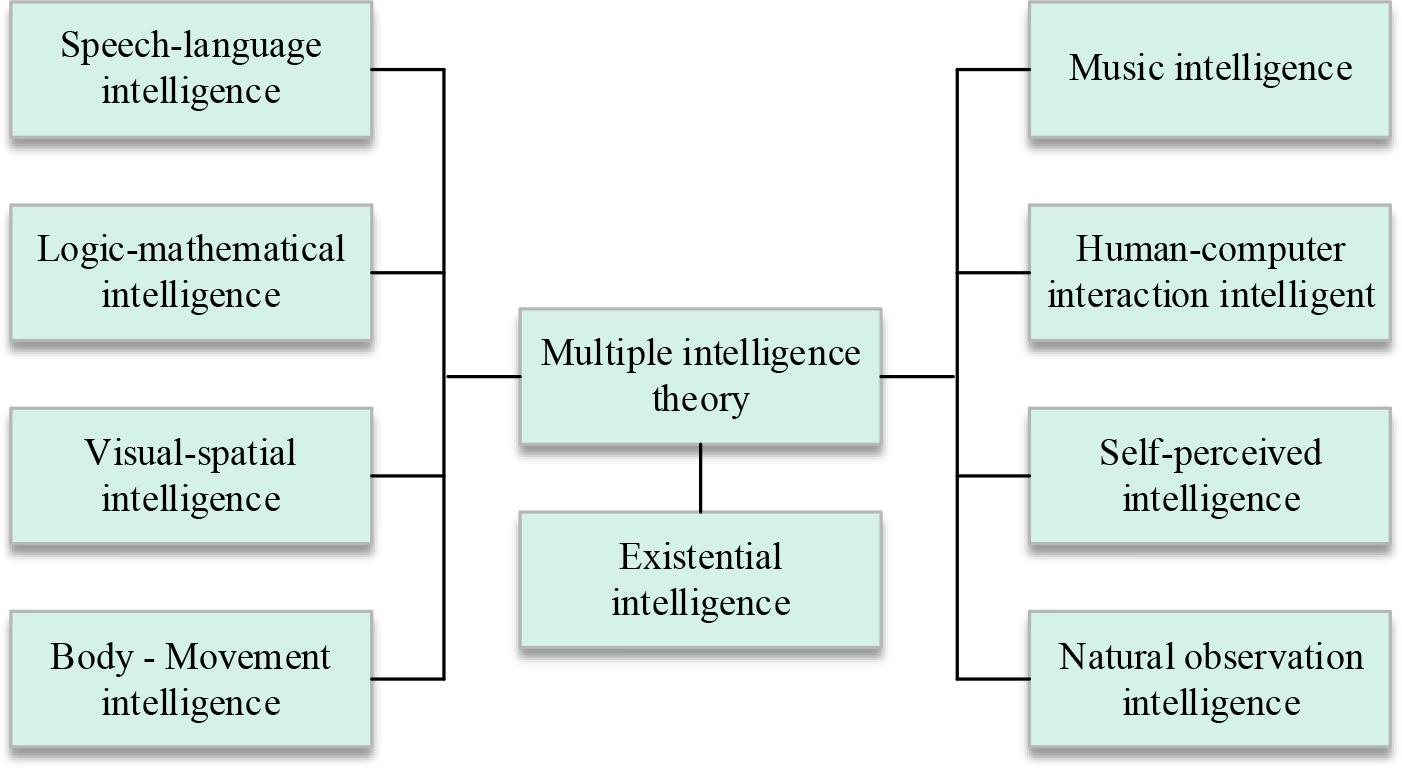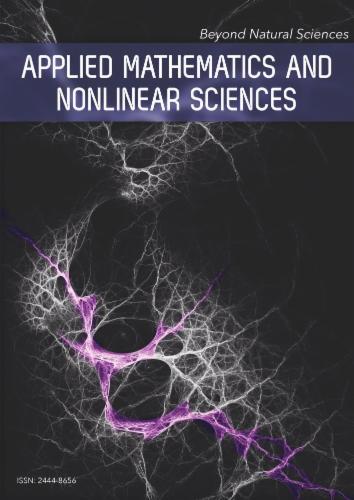Reform of Traditional Music Teaching Methods and Cultivation of Students’ Musical Creativity on Digital Platforms
, , , et
03 févr. 2025
À propos de cet article
Publié en ligne: 03 févr. 2025
Reçu: 21 sept. 2024
Accepté: 08 janv. 2025
DOI: https://doi.org/10.2478/amns-2025-0026
Mots clés
© 2025 Qingru Zhang et al., published by Sciendo
This work is licensed under the Creative Commons Attribution 4.0 International License.
Figure 1.

Figure 2.

Figure 3.

Figure 4.

After the comprehensive achievement of music
| Class | Mean | SD | t | P | ||
|---|---|---|---|---|---|---|
| Before | After | Before | After | |||
| Class A | 57.10 | 78.94 | 6.13 | 7.98 | -2.809 | 0.004 |
| Class a | 56.94 | 79.64 | 6.38 | 6.36 | -2.660 | 0.001 |
| Class B | 56.02 | 62.38 | 8.18 | 8.20 | -1.860 | 0.059 |
| Class b | 54.87 | 65.94 | 8.12 | 6.41 | -2.922 | 0.051 |
Different methods are evaluated in the DSD100 validation set
| Method | Bass (dB) | Drums (dB) | Other (dB) | Vocals (dB) |
|---|---|---|---|---|
| NCRPCAi | 1.61 | 4.05 | 2.33 | 5.19 |
| EFN | 1.71 | 4.08 | 2.39 | 5.36 |
| SHN-4 | 1.8 | 4.13 | 2.45 | 5.43 |
| PSHN | 2.08 | 4.44 | 2.59 | 5.50 |
| Att-Ret+Coh | 2.24 | 4.45 | 2.64 | 5.45 |
| CLSA | 2.23 | 4.49 | 2.75 | 5.43 |
Sample class analysis
| Class | Girls | Boys | Total number | Average performance |
|---|---|---|---|---|
| Class A | 36 | 29 | 65 | 57.10 |
| Class a | 34 | 26 | 60 | 56.94 |
| Class B | 32 | 34 | 66 | 56.02 |
| Class b | 28 | 35 | 63 | 54.87 |
Different methods of separation performance indicators on MIR-1K
| Method | Vocal (dB) | Accompaniments (dB) | ||||
|---|---|---|---|---|---|---|
| GNSDR | GSIR | GSAR | GNSDR | GSIR | GSAR | |
| NCRPCAi | 6.58 | 10.48 | 10.45 | 6.94 | 12.48 | 8.32 |
| EFN | 8.54 | 13.62 | 10.85 | — | — | — |
| SHN-4 | 8.64 | 14.25 | 11.59 | 9.52 | 13.78 | 12.27 |
| PSHN | 9.51 | 14.88 | 11.81 | 9.56 | 13.96 | 12.48 |
| Att-Ret+Coh | 9.87 | 15.6 | 12.32 | 9.65 | 13.97 | 12.85 |
| CLSA | 10.72 | 15.66 | 12.66 | 9.58 | 14.09 | 12.88 |
